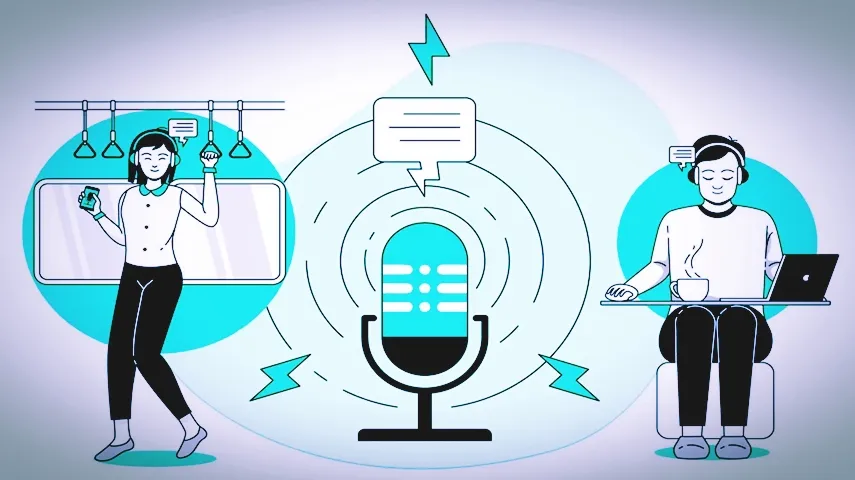Introduction
Achieving high search engine visibility is essential to reaching a larger audience in the modern digital age, where video content is king. Video SEO and Optimization is a game-changer, helping content creators and marketers rank their videos across platforms like YouTube and Google. Whether you’re looking to boost your video’s ranking, increase watch time, or simply gain more clicks, this guide will walk you through the best techniques for effective video SEO. By the end of this article, you’ll understand essential elements like video ranking techniques, YouTube SEO tips, video metadata optimization, and much more.
1. Optimize Video Titles and Descriptions
The title and description of a video are among the most crucial components of Video SEO and Optimization. Titles should be catchy, concise, and keyword-focused, with the primary keyword included early in the title. Your description should be informative, including video keyword research terms to improve relevance.
Key Points:
- Use the primary keyword in the title and at the start of the description.
- Include LSI keywords like video ranking techniques and video search engine optimization.
- Keep descriptions clear and engaging to encourage viewers to watch the video.
2. Conduct Effective Video Keyword Research
Understanding what your audience is searching for is essential to creating relevant content. Proper video keyword research helps identify high-ranking terms, increasing your video’s likelihood of being discovered.
Tips for Keyword Research:
- Use YouTube’s auto-suggest feature to find popular search terms.
- Use tools like VidIQ, TubeBuddy, or Google Keyword Planner to identify relevant keywords.
- Focus on both short-tail and long-tail keywords, like “YouTube SEO tips” and “how to optimize videos for Google search.”
3. Optimize Video Tags and Hashtags
Tags and hashtags play a critical role in categorizing your video, helping platforms understand your content’s context. This is particularly useful for YouTube SEO and for boosting visibility on social platforms.
Tagging Strategy:
- Use a mix of primary and secondary keywords in your tags.
- Include LSI keywords like video SEO tools and audience engagement for video content to increase reach.
- Hashtags can boost discovery on platforms like YouTube and Instagram—use them strategically in the description.
4. Craft Eye-Catching Thumbnails
Thumbnails are often the first thing viewers notice, influencing click-through rate (CTR). A well-designed thumbnail can make your video stand out in search results and increase video visibility.
Best Practices for Thumbnails:
- Use bright colors, clear text, and engaging visuals.
- Keep your branding consistent across thumbnails for a professional look.
- Experiment with different thumbnail designs to see which gets the best response from your audience.
5. Focus on Audience Engagement Metrics
Platforms like YouTube reward videos that keep viewers engaged. Boosting engagement can significantly improve video ranking and visibility.
Ways to Improve Engagement:
- Encourage viewers to like, comment, and share.
- Respond to comments to foster community and encourage more interaction.
- Add end screens or clickable elements that keep viewers on your content.
6. Use Video Metadata Optimization Techniques
Proper metadata like titles, descriptions, and tags can significantly impact your video SEO. Metadata provides context, helping platforms understand and categorize your content.
Effective Metadata Techniques:
- Include both your main keyword and related keywords in your metadata.
- Focus on long descriptions with LSI keywords sprinkled throughout.
- Ensure metadata is clear, relevant, and concise.
7. Utilize YouTube Analytics for Insights
Regularly reviewing your analytics is essential for refining your strategy. YouTube analytics insights reveal what’s working, what’s not, and how to adjust your content.
Analytics to Focus On:
- Watch time: Higher watch times signal high-quality content.
- CTR: Check how your thumbnails and titles impact CTR.
- Audience retention: See where viewers are dropping off and use this data to improve future videos.
8. Increase Video Watch Time
Watch time is a key ranking factor for YouTube, affecting how your video is prioritized. Higher video watch time helps indicate valuable content, pushing your video higher in rankings.
Strategies to Boost Watch Time:
- Structure videos to keep viewers watching, e.g., add teasers at the start to preview the content.
- Use engaging visuals and clear, engaging narration.
- Create a series or playlist to keep viewers watching your content.
9. Optimize Video Load Time
Video load time affects user experience and SEO. If a video takes too long to load, viewers are likely to leave, impacting your ranking.
Ways to Improve Load Time for Better Video SEO and Optimization:
- Compress video files without sacrificing quality.
- Use a reliable hosting platform with fast servers.
- Consider using a CDN (Content Delivery Network) for faster global access.
10. Leverage Social Media for Video Content Marketing
Promoting your video on social media can boost visibility, engagement, and views, leading to better rankings. This is essential for video content marketing.
Social Media Tips:
- Share your video on platforms where your audience is active, like Facebook, Twitter, and LinkedIn.
- Add engaging captions and relevant hashtags.
- Encourage followers to comment and share, helping to expand your reach.




